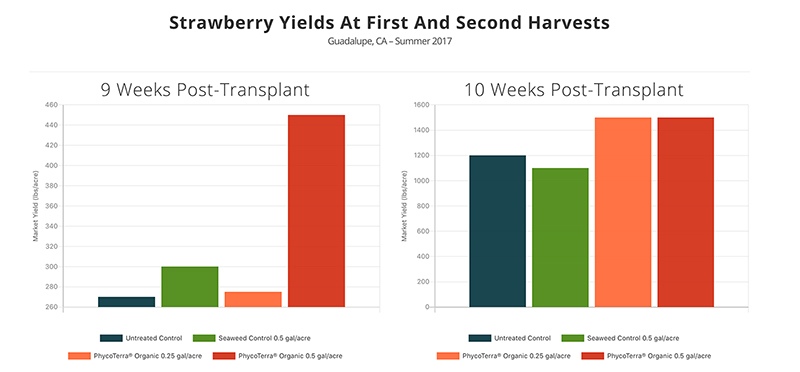Bidding a Fond Farewell To Our Very Own Tree Fruit Whisperer
Years ago, there was a TV ad for an Italian white wine branded as “Sotto Voce” (“sah-toe voe-chay”), translated as, “Say it softly, in a quiet voice.” For better or worse, with this final column of 2022, I will use my “quiet voice” to note that this is my last column for American Fruit Grower.
This is cherry column No. 24, for a total of 26 columns (two on peach) over the past nine years that I’ve been privileged to share with this magazine’s readers and staff. For my part, it has been a great opportunity to interact, and hopefully there has been at least the occasional nugget of an idea, concept, or orchard practice that has been helpful to you fruit-growing readers!
Next year will mark the beginning of my planned phased-in “retirement,” the first tangible aspect being the turning over of these columns to younger, vibrant minds with active and forward-thinking research programs and new ideas to share as the fruit-growing world marches onward into amazing technological advances and the challenges of ever more problematic climatic events. It continues to be an exciting time to be involved in tree fruit research and Extension, with no shortage of problems to attempt to solve!
PROFIT INTEGRATION
The driving focus of my research career, going back to graduate school days at the University of California, Davis, has been orchard profitability as an integration of various key factors: the target market and its potential economic returns; the yield and quality of fruit produced for that market; and the economic inputs of labor, plant materials, and supplies. These are quite interrelated, with one of the conceptual hurdles of the past fruit-growing generation being overcoming the economics of investing significantly more capital up front.
Higher densities of trees, added costs of trellising, and orchard climatic modification technologies (efficient irrigation systems to optimize water and nutrient uptake, automated wind machines for frost protection, orchard covering systems to reduce the damaging impacts of rain, hail, or sunburn) are investments that, for most growers, must be introduced incrementally as finances allow.
Higher investments can lead to faster returns and break-even timeframes, as well as more consistent economic returns by mitigating periodic climatic risks.
But they also raise the stakes for more intensive management decisions and staying up to date on the latest research and technologies. Tree fruit production is unique in the agricultural world in that growers must be extraordinarily visionary, since the orchard they plant now must be relevant in efficiency and economics for the next 15, 20, 25 years or more, despite potentially dramatic changes in markets, labor availability and quality, and now the clearly changing climate.
CANOPY EVOLUTION
As long-time readers will know, the ongoing evolution of fruit tree canopy architectures and production systems has been one of my favorite areas to explore. And while there are certainly many productive years left in current orchards of various canopy designs, the general direction of future orchards is crystal clear to me: simplified fruiting walls. For all the major tree fruits, we now have the combination of various training techniques and an increasing selection of vigor-modifying rootstocks for everyone to achieve simplified, narrow, planar walls of fruit.
These may require a bit greater upfront investment to train precisely and correctly, but this investment will pay off over and over again during the ensuing decades of production through significantly simpler and higher labor efficiency for pruning and harvesting, as well as improved and more consistent fruit quality. The physiological benefits of narrow, simplified, matrix-like orchard canopies include higher photosynthetic efficiency of intercepted light (with minimized shade), the foundation for improved yields, and better fruit quality. These light relationships also influence evapotranspiration, fruit water relations, and uptake of key nutrients, such as calcium into fruit.
I will also enjoy watching, albeit from the sidelines, the continuing rapid advancements in orchard technologies that take advantage of these highly structured, narrow fruiting walls. Even as we may worry about the initially intensive labor to develop, maintain, or renew precise matrix-like canopies, the increasing capability and decreasing cost to electronically map and image those canopies is leading to so many future technological applications that may reduce those labor concerns down the road!
Not only will quantification of crop load (potential and actual) become more accurate, but decisions on how to achieve a target crop load will be improved, from pruning, to thinning, to modifying the light/leaf environment around each fruit. These image and fruit-leaf data sets will eventually guide robotic implements for spraying, pruning, fruit and leaf thinning, and harvest that would be impossible to imagine a decade ago in a three-dimensional canopy.
So, while I bid you farewell from this column, I look forward to continuing to cross paths in orchards somewhere in the world! Although I’ll be winding down my active research over the next year or so, I will remain involved as the International Fruit Tree Association’s Education Director, jointly sharing and learning about the latest tree fruit ideas and advances at annual conferences and orchard study tours. My best wishes for your next and future harvests!










